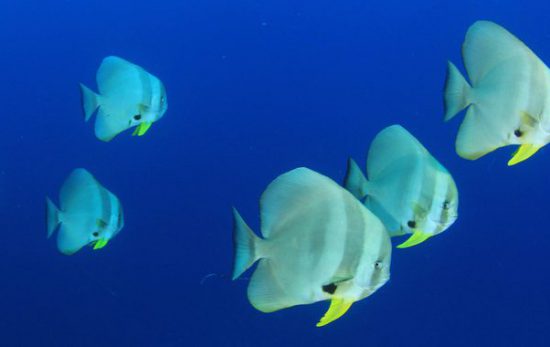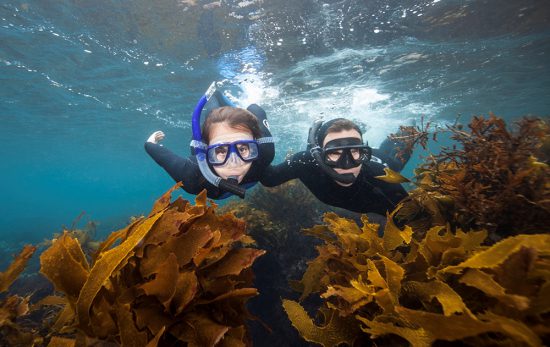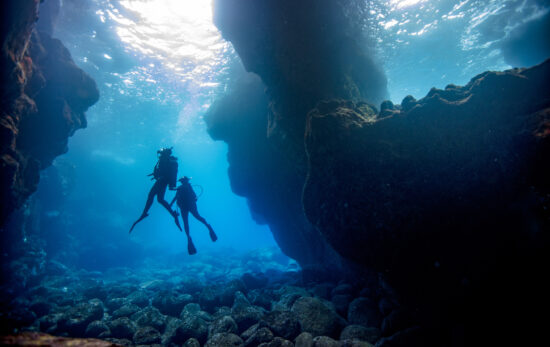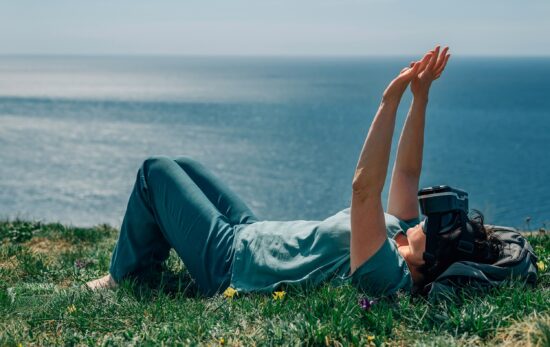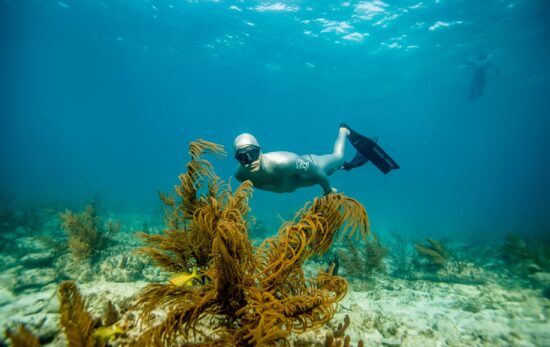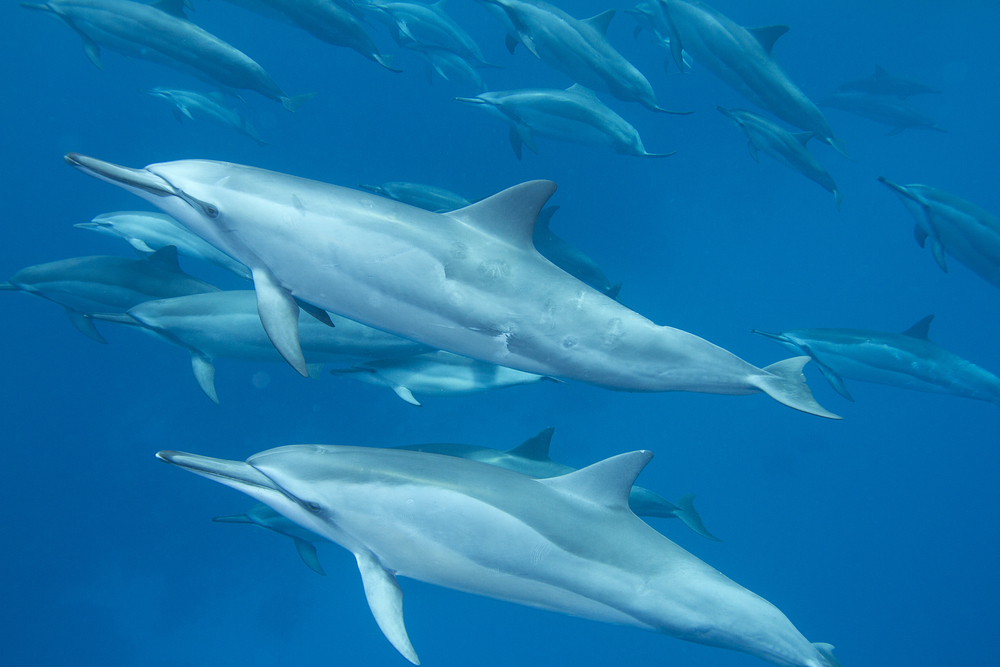
You may have heard about the Papahānaumokuākea Marine National Monument in the news lately after President Obama passed legislation to expand the area. Papahānaumokuākea is a US National Monument that spans 583,000 square miles near Hawaii. Here are four facts about this diverse and important piece of nature, including how to pronounce it:
1. Its reign as the largest marine protected area was short-lived.
In August 2016, Papahānaumokuākea became the largest marine protected area in the world. Originally created in 2006, President Obama quadrupled its size from the original 139,797 square miles established under President Bush. Previously the largest marine protected area was the Natural Park of the Coral Sea in France, which spans 499,217 square miles. Papahānaumokuākea’s 583,000 square miles easily surpassed it, but it didn’t hold first place for long. In October 2016, a new marine protected area in Antarctica topped the Hawaiian one by just 16,000 square miles.
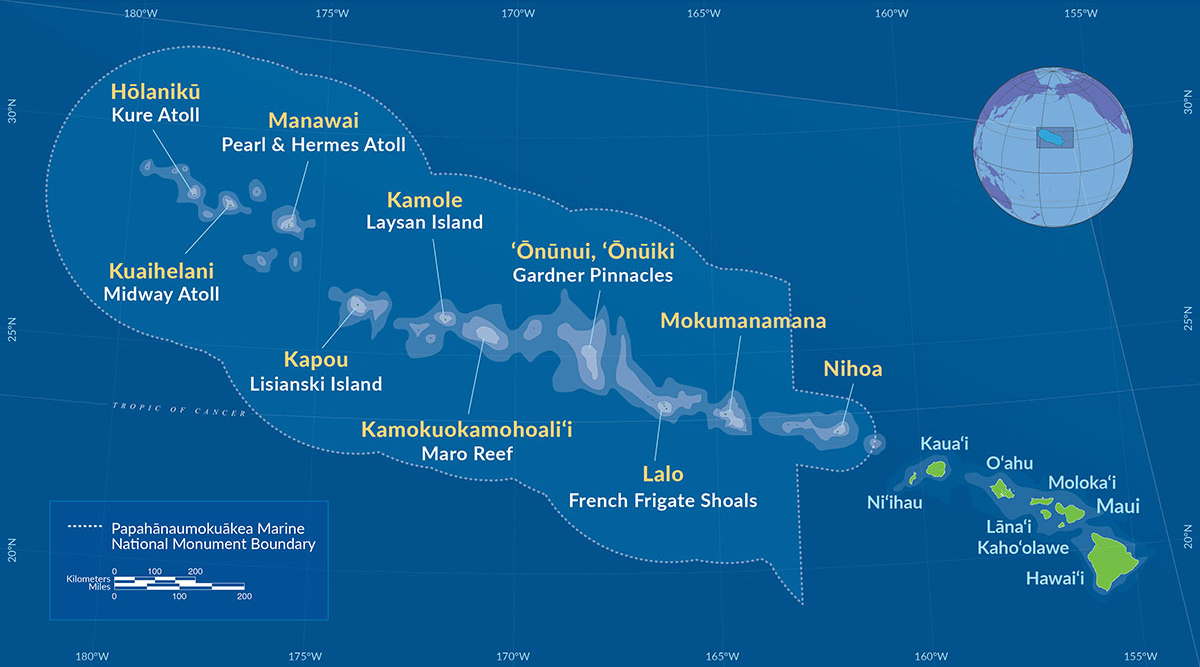
2. The name comes from ancient Hawaiian culture.
Papahānaumokuākea, pronounced Pa-pa-hah-now-mo-koo-ah-keh-ah, is a combination of the names of two Hawaiian deities. Papahānaumoku is the mother figure, represented by the earth, and Wākea is the father, represented by the sky. Hawaiian mythology considers these the ancestors of Native Hawaiians and the creators of Hawaii. You can learn more about the name and hear it pronounced at the Papahānaumokuākea website.
3. It’s incredibly diverse.
The coral reefs in the monument contain over 7,000 marine species, and a fourth of those are only found near Hawaii. The islands, corals, shallow waters, and deep waters offer a huge variety of habitat for marine life. Many rare species, like the green turtle (threatened) and Hawaiian monk seal (endangered) call this area home. 22 different species of seabirds also nest in the area, including four birds that aren’t found anywhere else. The Laysan duck, one of the most critically endangered waterfowl in the world, is one of the birds unique to Hawaii.
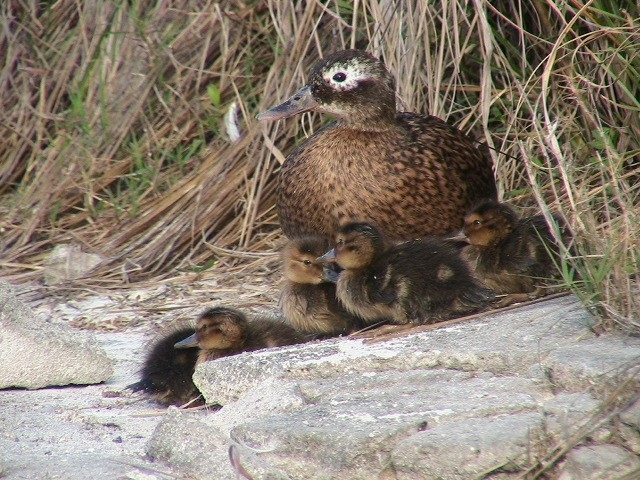
4. Six different U.S. presidents have protected it.
In 1903, President Theodore Roosevelt was the first when he put Midway Atoll under control of the Navy to protect the seabirds. In 1940, Franklin Roosevelt broadened protections to all wildlife. Ronald Reagan assigned stewardship of Midway Atoll to the US Fish and Wildlife Service, with Bill Clinton later following suit by assigning them the management responsibilities of the area as well. In 2006, George Bush made the biggest step yet and created the NWHI Marine National Monument. The marine monument covered six unique refuges and reserves to protect the area’s diverse wildlife. Finally, Obama expanded the area in 2016 to protect these resources and animals even more effectively.
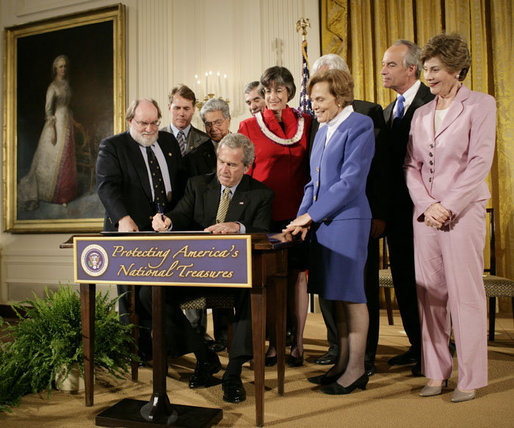
If you want to help ocean health, check out the Project AWARE Specialist course, and visit Project AWARE’s website for the latest marine conservation movements to get involved in.
Also, read about other marine protected areas in the article “3 Incredible Marine Reserves.”
